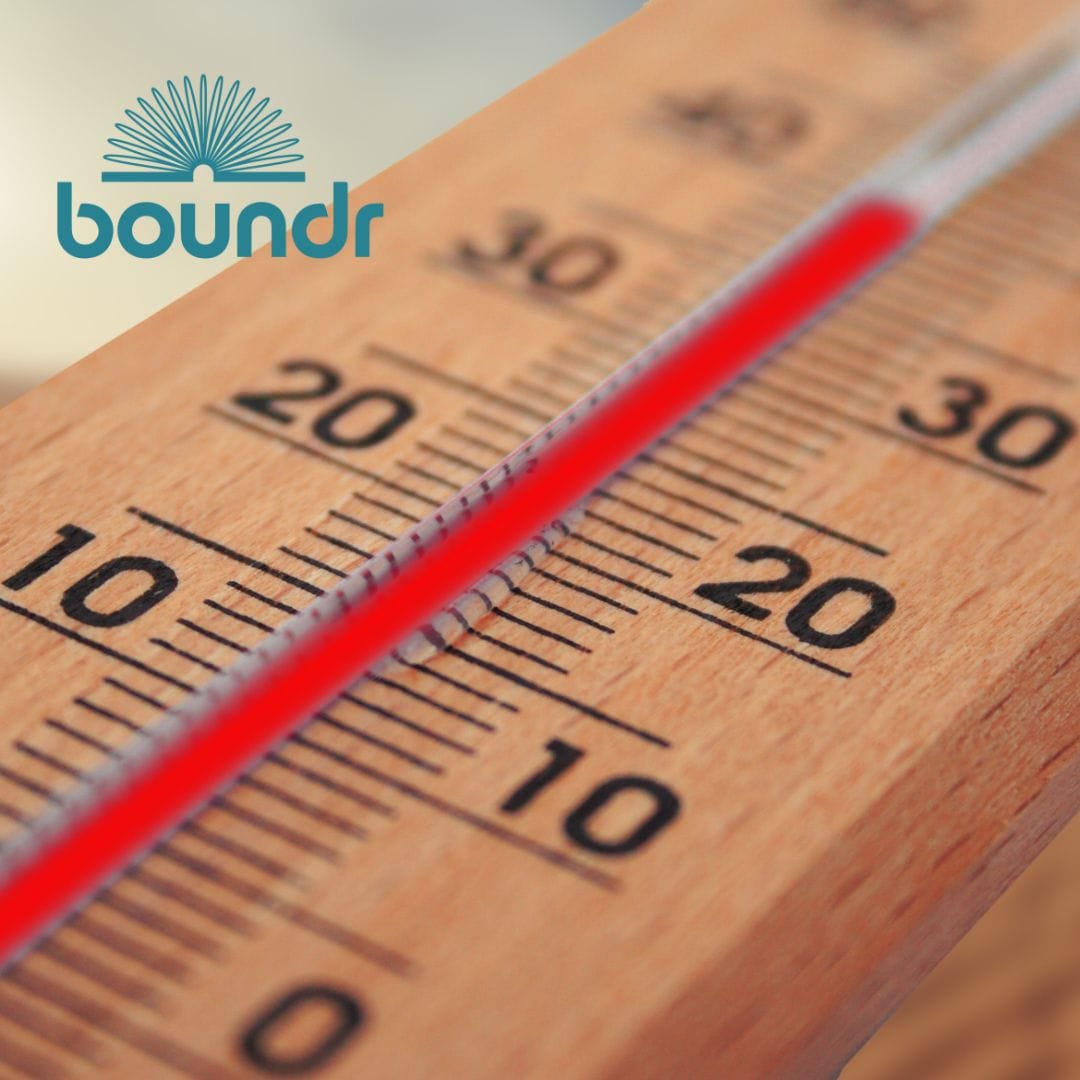Ship Delicate and Fragile Items Safely and With Ease
When it comes to shipping delicate items, a lot of questions will pop up in your head. Did I use enough padding? Was it sealed properly? Could I have done more to secure the package?
Your items can and will break during transit if they’re not protected and labeled properly. This can easily lead to damaged goods and disappointment, whether you're a business owner concerned about your reputation or simply sending a cherished item to a loved one.
Items made of glass, ceramics, thinner plastic, crystal, or even electronic devices can be easily broken, so it’s normal to worry about the safe arrival of your fragile products.
We prepared this article with the hopes that it could provide helpful information that will give you some peace of mind.
Know Your Products
Whether you’re shipping for personal or business purposes, it’s crucial to understand the best ways to protect specific materials. What works for ceramics might not work for mirrors, and crystal glasses require more protection and padding than a mobile phone.
If you’re a business owner, develop a packaging system that works best for each product. It’s okay to make mistakes initially but take notes from your customers’ reviews as your business grows.
If you're shipping items to friends or family, take the time to learn the best practices for packaging each item. Extra care goes a long way in ensuring your package arrives safely.
Use Sturdy Boxes of Appropriate Size
Invest in thick, quality cardboard boxes that fit your items well. Strong outer shipping boxes are always a good choice for shipments with a long journey (hint: international shipments by air or sea).
A good box should be no bigger than 1-2 inches per side, and those “empty inches” must be filled in accordingly with bubble wrap, foam, or other cushioning materials.
For example, electronic devices, such as TVs, should be wrapped in bubble wrap (or other thick plastic bag) first, then strengthened with Styrofoam blocks on each side, and only then put in their box.
Choose Protective Packaging Materials Wisely
As mentioned earlier, different packaging materials work for different products.
Some of the most used packaging materials include:
- Package fillers fill smaller empty spaces where the product could move to. They come in cardboard, paper, or plastic, too!
- Packing peanuts are another excellent option.
- Wrapping paper can be of different materials and thicknesses. It is usually accompanied by adhesive tape, which helps to secure the product better.
- Packaging foam is one of the most frequently used materials for package protection because it is easy to work with, can be shaped into any form, and hardens just enough to prevent the product from moving around. This is considered the best protection for packaging purposes by far.
- Padded dividers work well if you’re shipping more than one fragile item in one box. They will add enough space for the items to sit comfortably in the box.
- Bubble wrap not only protects a delicate item from breaking but is also extremely fun and addictive to play with once the recipient of the goods unpacks their order.
Don’t Forget to Add Labels
Adding a “Fragile” label to your package is as crucial as packaging it properly. Shipping companies pay special attention to fragile items and handle them differently than non-fragile items. Make sure the label is big enough to be visible. You can even add multiple labels that are visible from different angles; don’t cover the shipping address.
Prepare Your Package and Ship With Boundr
At Boundr, we offer the best rates for international shipping to over 170 countries and territories worldwide, and our carriers will ensure that everything is delivered in one piece.
On our website, you can find helpful information regarding the preparation of your shipment and easily calculate your costs right away!
More from the blog
-
 Avoid Common Summer Shipping Pitfalls: A Money-Saving Guide
Avoid Common Summer Shipping Pitfalls: A Money-Saving GuideSummer may be all sunshine and vacations, but for global shippers, it’s a season packed with potential shipping pitfalls. From heat-damaged goods to seasonal delays and surprise fees, here's how to navigate the most common issues and save money along the way. Read more
-
 Boundr Service Closure: What You Need to Know
Boundr Service Closure: What You Need to KnowBoundr is officially winding down its operations in 2025. Below is a timeline outlining key dates and what users can expect as we prepare for complete closure. Read more
-
 Shipping Tips for Seasonal Products: Affordable Solutions for the Summer
Shipping Tips for Seasonal Products: Affordable Solutions for the SummerShipping summer products can be challenging, especially when dealing with seasonal items such as aerosols, lithium batteries, or outdoor kits. This guide provides smart, affordable tips to help small businesses avoid shipping setbacks and deliver seamless customer experiences throughout the year. Read more
-
 Five Ways to Save on Summer Shipping for Your Small Business
Five Ways to Save on Summer Shipping for Your Small BusinessSummer is one of the busiest times for small businesses, but rising international shipping costs can quickly erode your profits. These five smart shipping tips will help you cut costs, avoid delays, and keep your summer orders running smoothly. Read more
